-
Posts
2.067 -
Joined
-
Last visited
-
Days Won
52
Posts posted by Genava55
-
-
9 hours ago, Lion.Kanzen said:
how they look like, Roman fashion or Hellenistic?
Probably like mercenaries in general (then Hellenistic like). The standardization of auxiliaries units started mostly with Augustus (Octavius) but its premises where already in place during the Social troubles period (Gracchi, Jugurthine, Sulla, Triumvirates, Civil wars). For example there is many examples of Gallic auxiliaries since the first conquest of Gaul (Narbonnensis) but they keep mostly their native weapons, they only incorporate some pieces of roman equipment. It is only under Augustus that they started to use almost exclusively roman equipment, probably a reform established between 16 to 9 BC.
-
 1
1
-
-
If people are interested in the subject, here a few helpful documents:
Jonathan R. W. Prag: Troops and commanders: auxilia externa under the Roman Republic
Joëlle Napoli: Rome et le recrutement de mercenaires
https://journals.openedition.org/rha/pdf/7055
La République romaine et le mercenariat au temps des Guerres Puniques
https://journals.openedition.org/mcv/pdf/3892
Jonathan James McLaughlin: The Transformation of the Roman Auxiliary Soldier in Thought and Practice
Salvador Busquets Artigas: Los externa auxilia en el siglo final de la República romana (133-27 a. C.)
https://ddd.uab.cat/pub/tesis/2015/hdl_10803_285743/sba1de1.pdf
The only clear account during the Punic wars are the Celtiberians used successfully by P. Cornelius Scipion in 211 BC. There is also the Cretans archers during the battle of Trasimene in 217 BC. There is also 2000 Ligurians, Cretans and Numidians called auxilia in 171 BC under Publius Licinius Crassus. But the Treaty of Apamea is an example of political restriction of the mercenaries use in 188 BC.
-
 3
3
-
-
As I said in a previous thread, there is a hypothesis that Basque and Iberian languages are related. Basque has known some evolution to unify the dialects in one language. But the structure of the language and the etymological roots are definitely pre-indo-european. I think it is an acceptable compromise for the game to use it for the Iberians. And anyway, the Celtiberians had a different culture with a different language.
-
 4
4
-
-
1 hour ago, Sundiata said:
Citizen soldier concept should remain, but they should have bonuses for building military structures, and penalties for gathering resources, so that villager units are the logical go-to for all economic activities, citizen soldiers only being used for eco during an emergency/expansion.
If we have slaves that cannot guard the buildings or fight, but with an economic bonus, it should be a good system.
-
 1
1
-
-
You should use the private messenger function of the forum for the next time.

-
 1
1
-
-
You are off-topic, I think.
-
 1
1
-
 2
2
-
-
Maybe something with sapping and tunnel warfare:
https://en.wikipedia.org/wiki/Tunnel_warfare#Ancient_Greece
https://fr.wikipedia.org/wiki/Sape
https://www.warhistoryonline.com/history/6-great-military-mines.html
https://www.warhistoryonline.com/ancient-history/3-uses-mining-roman-sieges.html
Julius Caesar, de bello gallico, book 2, 6: "The Gallic mode of besieging is the same as that of the Belgae: when after having drawn a large number of men around the whole of the fortifications, stones have begun to be cast against the wall on all sides, and the wall has been stripped of its defenders, [then], forming a testudo, they advance to the gates and undermine the wall: which was easily effected on this occasion; for while so large a number were casting stones and darts, no one was able to maintain his position upon the wall."
-
-
You are confusing the game with the mod aristeia. You are currently writing on the subforum of aristeia, a mod dedicated to the bronze age and the aegean period.
-
-
-
11 hours ago, wowgetoffyourcellphone said:
The breast plate is definitely more La Tene than Gallic Wars era, you're right.
I think this breast plate is based on the bronze cuirass of Marmesse which is dated from 9/8th century BC, Hallstatt then. I don't think there is any bronze cuirass during La Tène.
The only armor known during the British pre-Roman Iron Age is the chain mail armor (one finding in Kirkburn). Maybe the best option for Boudicca should be jewelry.
-
 1
1
-
 1
1
-
-
1 hour ago, stanislas69 said:
@Genava55 I was wondering since you looked at building translations if you could make a proposal for voices for both britons and gauls ?
You mean recording some audio files ? Is there a thread about it?
-
Luwian hieroglyphic inscription explains the end of the Bronze Age
https://phys.org/news/2017-10-luwian-hieroglyphic-inscription-bronze-age.html
Lost civilization of 'sea people' may have sparked world war over 3,000 years ago
Another long-forgotten Anatolian civilization rising from shadows
Who are the Luwians?
-
 1
1
-
-
Ok. Sent you a message.
-
 1
1
-
-
13 hours ago, stanislas69 said:
He will not be considered he will be added unless he doesn't want to. Would be nice to have a patch for this if that's not too much to ask.
It is not mandatory. If you want to put me in the credits, a very small thing is enough. You are doing, you and others artists, the most important job. I'm actually just giving you work to do

By the way, do you have any remark about the document? Is it practical for you? I want to be the most helpful I can.
-
The problem with the ancient marine is the lack of informations. Actually there is only a few boats found that could be celtic-like:
The Dover Bronze Age Boat (long for 8-15 men). The Ferriby Boats (from 6 to 20 men). The Hanson Log Boat (long for 1 or 2 men). The Flag fen Early Iron Age Logboat (long for 1 or 2 men). The Canewdon Paddle (long for 2-4 men). The Hjortspring boat (long for 12-20 men). The Arles Rhône 3 Gallo-Roman 1st century AD (31 meters of long).
Edit: @GunChleoc I checked a bit the context of the word longo- and it seems better suited for longilineal/willowy ship carrying a few men. Firstly, the word is also used in stream context, for example "Longroi" and "Longroy" in France, where the place names are made from Longo- and Rito- (ford) and situated on two small rivers, Voise and Bresle. The Voise is far from the sea and the Bresle goes in the sea. Another example with "Longuenoë" made from Longo- and Nauda (wetland), far from the sea. I see in the word longos a generic term for polyvalent willowy ship like the previous foundings above. Thus in my opinion, longos can be used both for fishing ships and merchant ships (and even small raiding ships but not well suited in the context of the game).
The war ship of the Celtic factions is only based on the description of Caesar. The name comes from Caesar too: Pontones. Some linguists suspect a latin origin, others suspect a Gallic origin from Ponto/Pontos.
The others names suggested in Gaulish dictionaries for the boats and ships are Nauson and Bacca/Baccos. But they are not certain.
-
3 hours ago, GunChleoc said:
Regarding the name for the fishing boat, the modern derivatives of "longos" mean "ship" both in Welsh and Goidelic, so that word might be more fitting to a bigger, military vessel?
Why a military vessel is the first thing that comes up to your mind about a bigger ship? "Long" is also used for small ship in old irish. Probably it is a common word for any longilign vessels like the ones they found in Britain and in Denmark. There is a bigger early Gallo-Roman long ship that could fit in but it is still not a military one.
3 hours ago, GunChleoc said:Probably a loan word from old anglo-saxon Bat/Bad (boat).
3 hours ago, GunChleoc said:Modern Gaelic for a fishing boat would be "eathar",
Maybe something with itro-
-
I did a design document with some pictures (not all I put in the previous document) for the Gauls. I did some modifications about the names of the units, I abandoned my idea of regional names (too restrictive) but I keep my idea of two reform: Gallic sovereignty reform and Belgian uprising reform. The unit description is at the end. Do you have any suggestion/remark/error?
https://www.docdroid.net/9fLYce0/gauls-design.pdf
-
 1
1
-
-
-
Ah. Basically it is this:
On 6/11/2018 at 12:10 AM, Alexandermb said: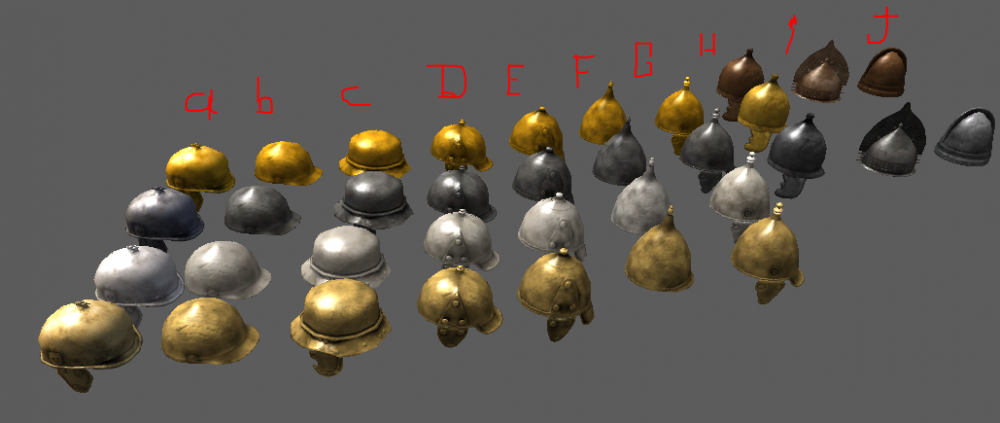
Your work is very nice. The Alésia (C), the Coolus (B) and the Montefortino (D-H) seem correct to me (besides the use of bronze for Alésia helmet and the use of iron for Coolus helmet). Which helmet is the A with the little thing on the top?
Just a word about the color, it exists hundreds of copper alloys and modern helmet replicas are based on copper/zinc alloys, not bronze (copper/tin). Copper/zinc helmet existed but mostly during the Roman Empire and not for all helmets. Today, it exist two major bronze types used: Tin Bronze and Phosphor Bronze. Tin Bronze is the only one known during ancient times and generally with tin percentage between 6 to 10%.
https://copperalliance.org.uk/about-copper/copper-alloys/
Tin Bronze with 10-12% of tin:
http://www.metalreference.com/CU_907.html
Corinthian Helmet in good condition:
-
 1
1
-
 1
1
-
-
On 8/28/2018 at 9:07 PM, Alexandermb said:
@Genava55 i remember use some of the references you are sharing in the making of the helmets, feel free to try the mod and have a closer look.
Millennium A.D.?
-
Origin of the Coolus-Mannheim? Here a native Southern Gallic helmet, type Toulouse-Estarac in iron - 100/70 BC :
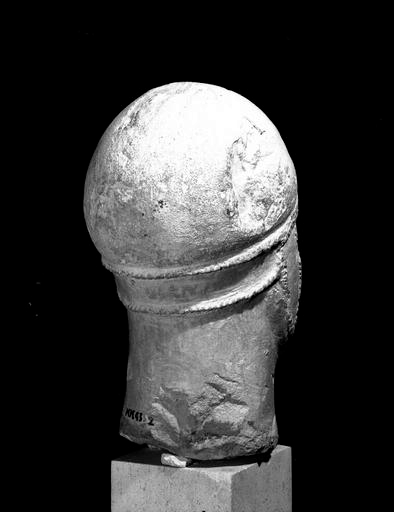
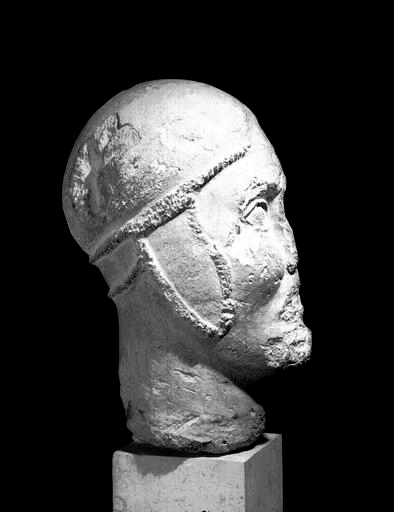
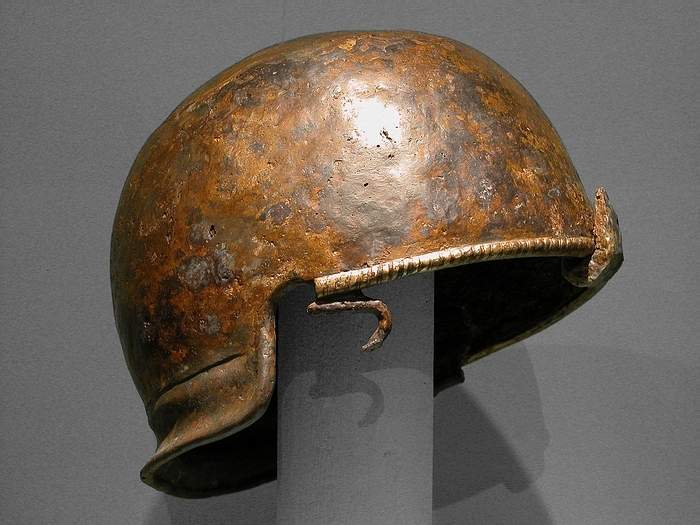
-
Helmet type Alésia - 1st century BC
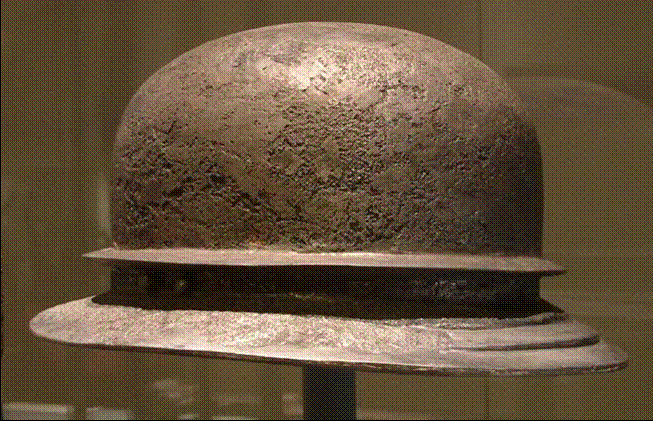
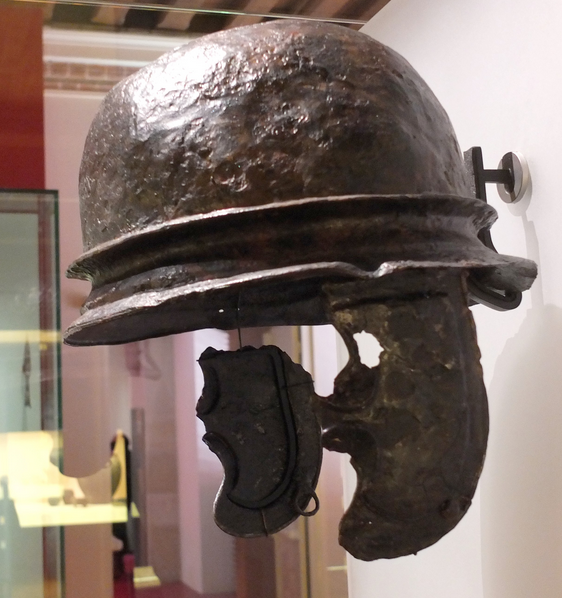
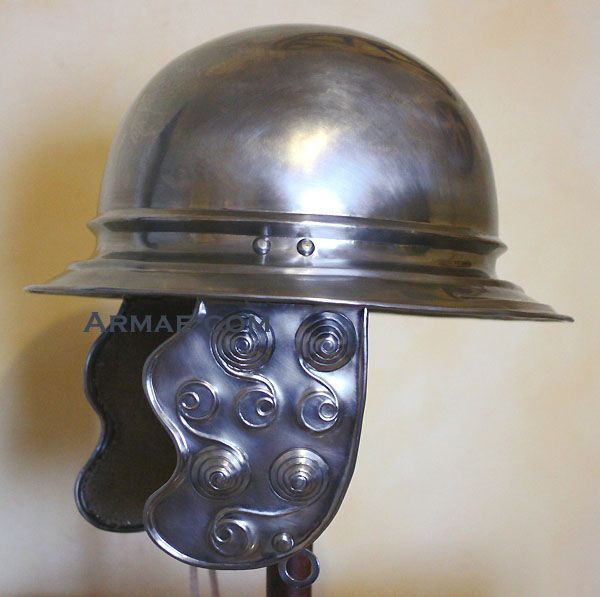
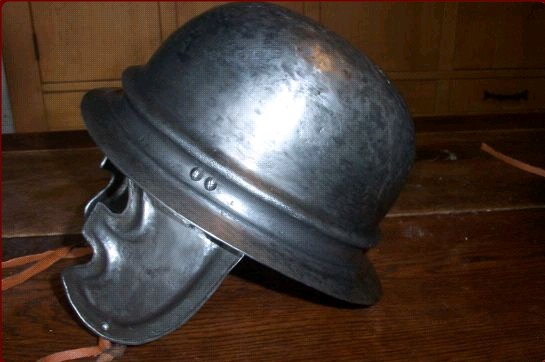
Helmet type Agen - 1st century BC
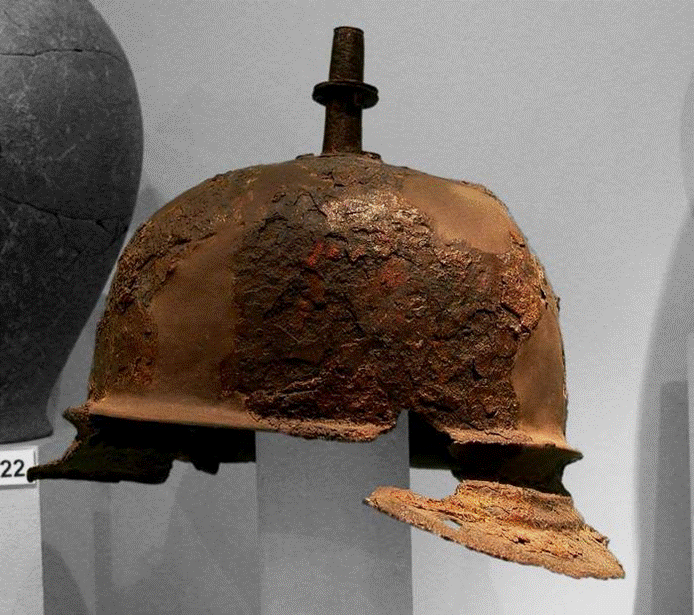
Helmet type Forêt de Rouvray - 1st century BC
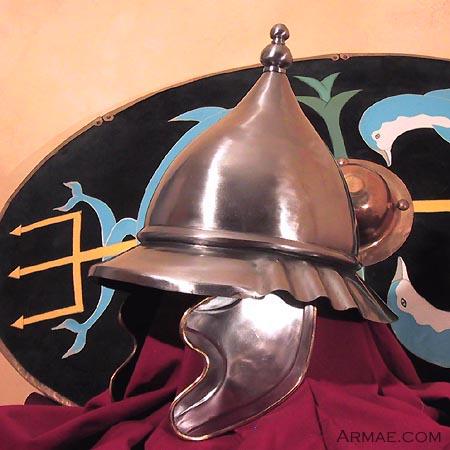
Helmet variante of Forêt de Louviers - 1st century BC
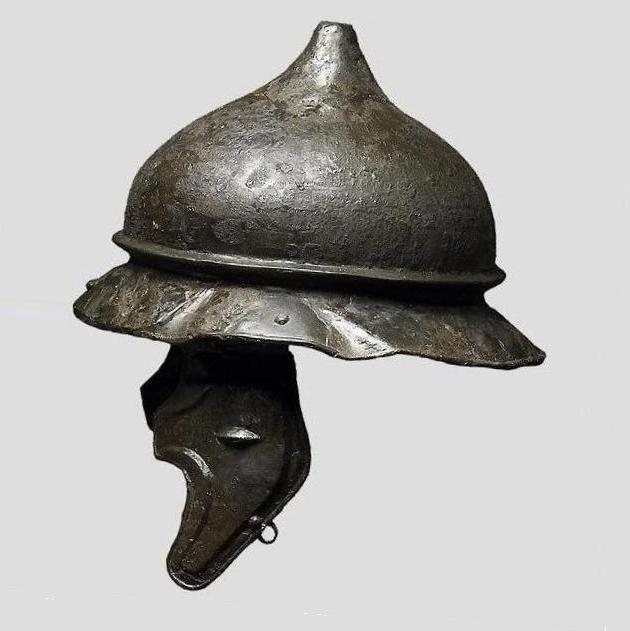
Helmet type Port - 1st century BC
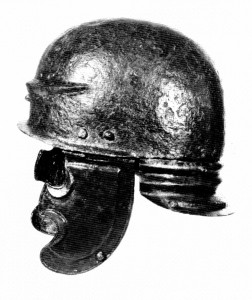
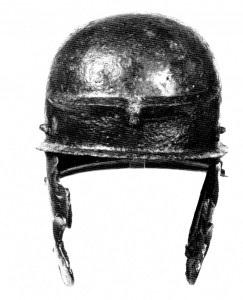
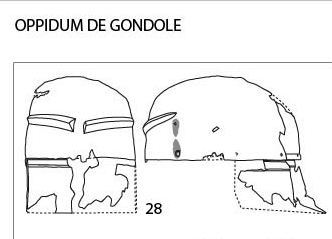
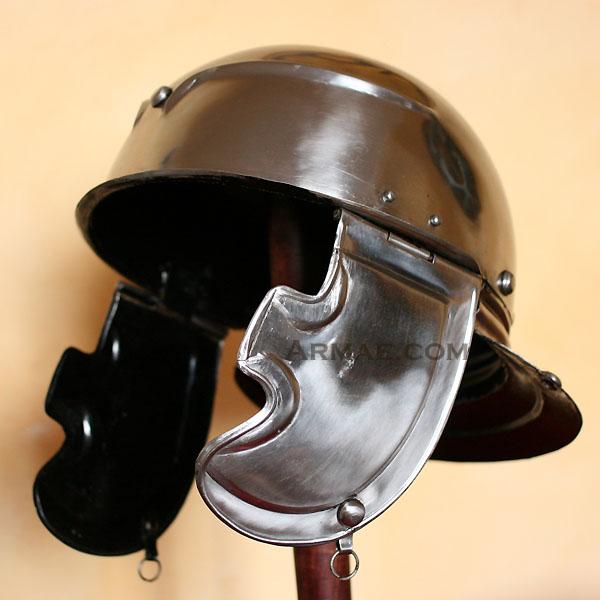
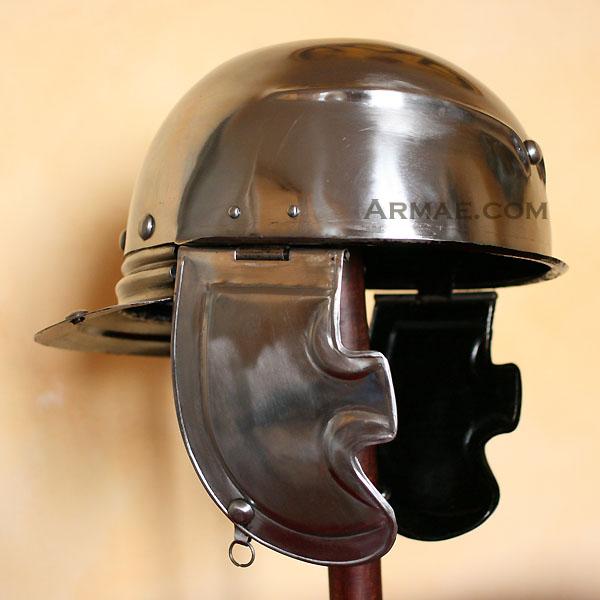
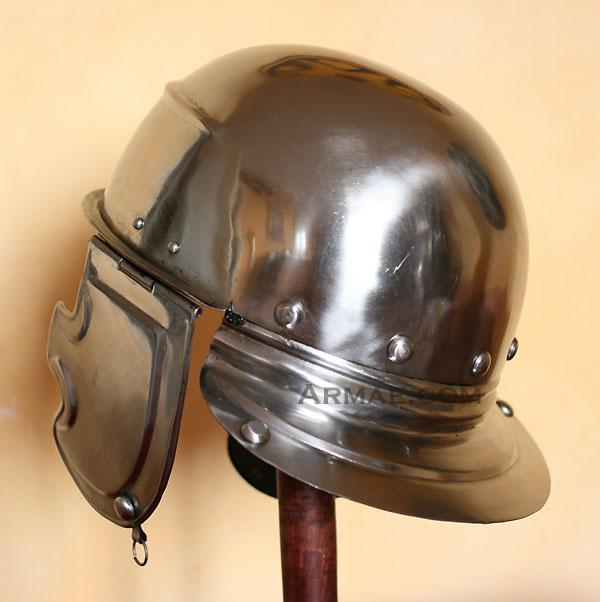
Helmet type Port variant of Mihovo:
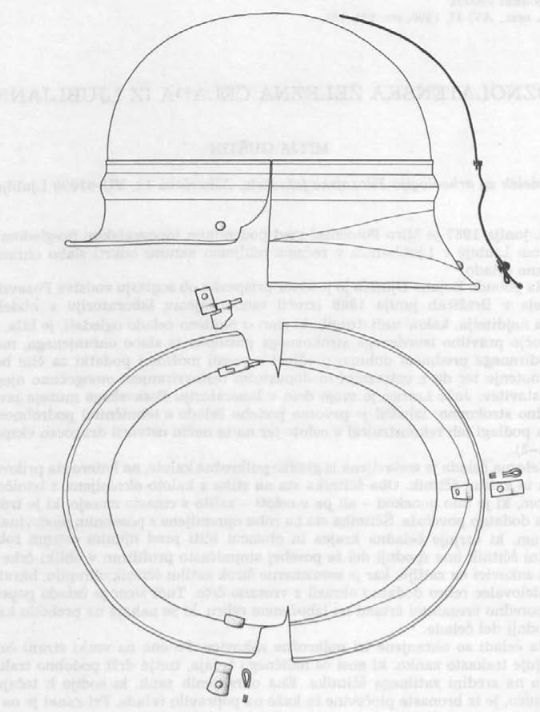
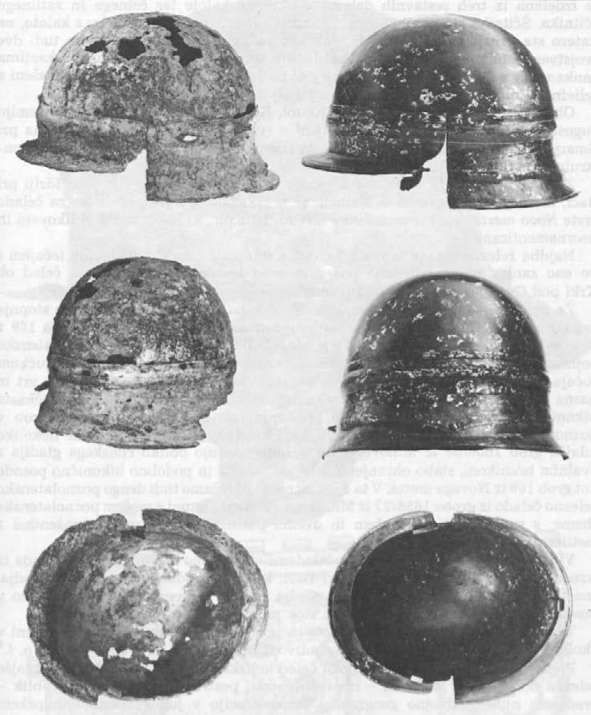
Helmet type Siemiechowa (Poland) - 1st century BC
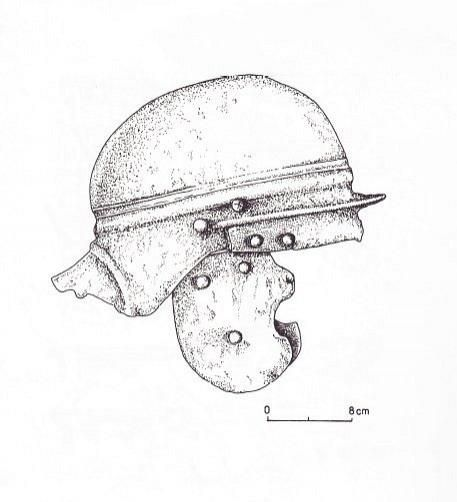
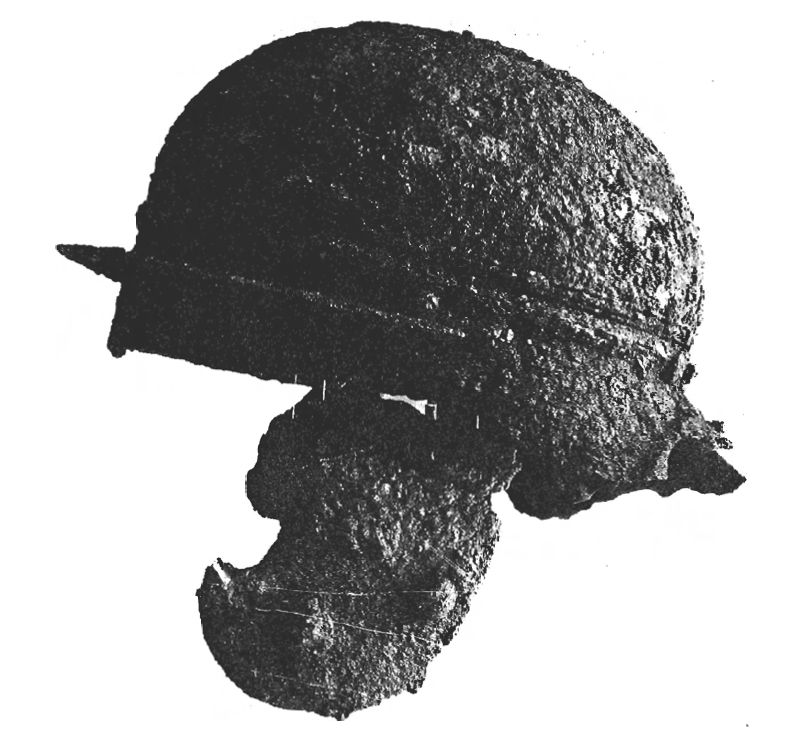
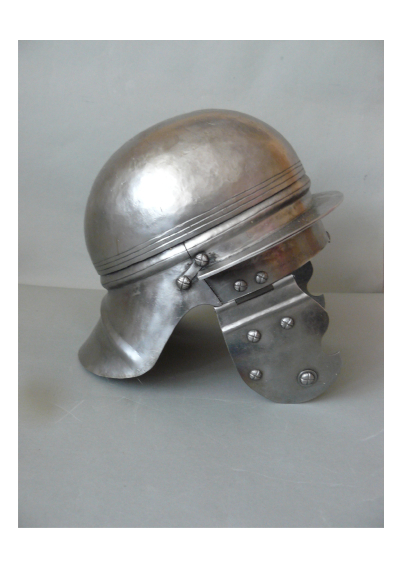
Helmet type Mihovo - 1st century BC
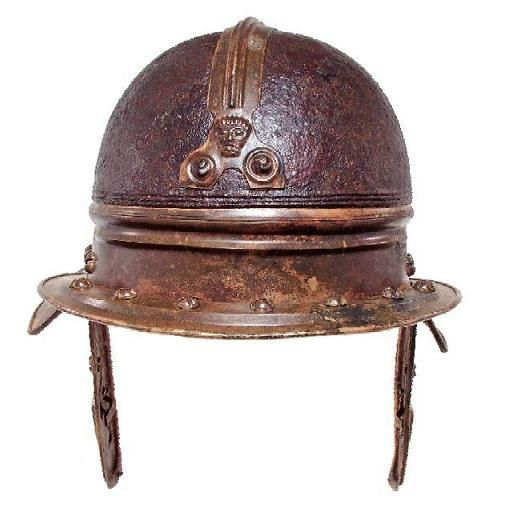
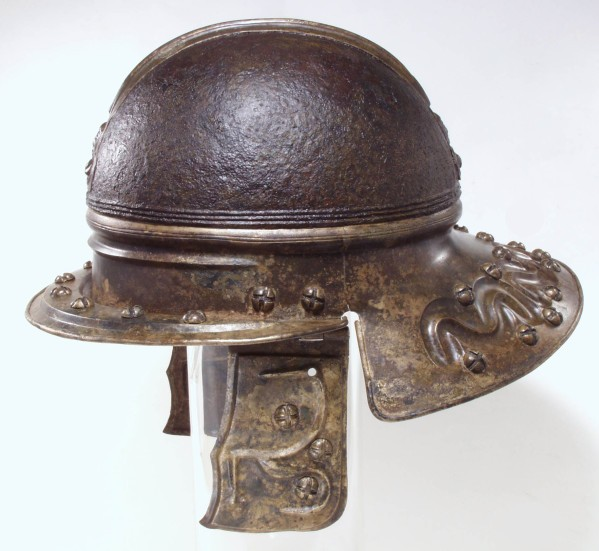
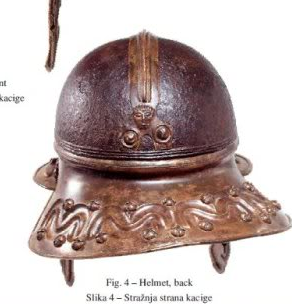
Helmet type Boé - 1st century BC
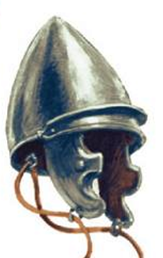
-
 2
2
-


.thumb.jpg.b21ca1d0c15fb56b42c39b25a0a40815.jpg)
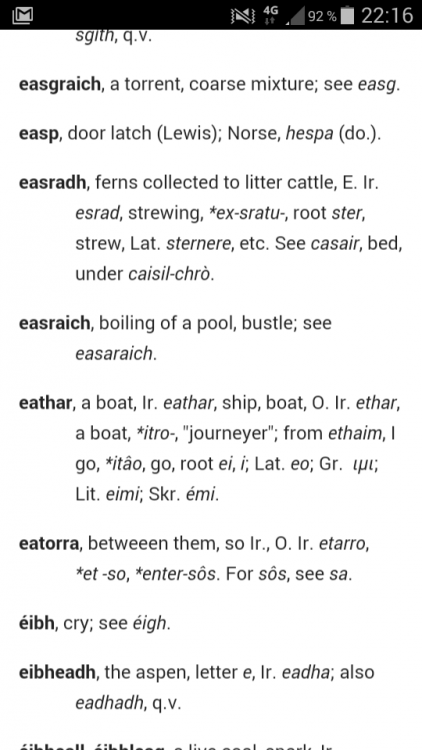

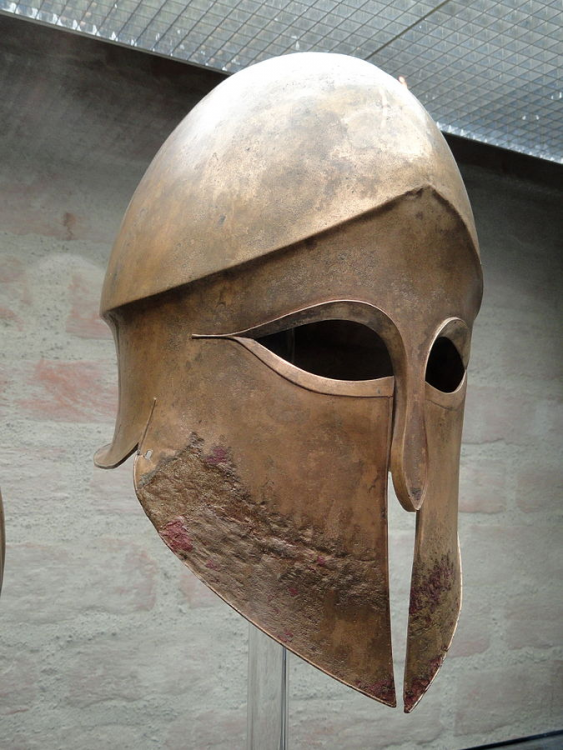
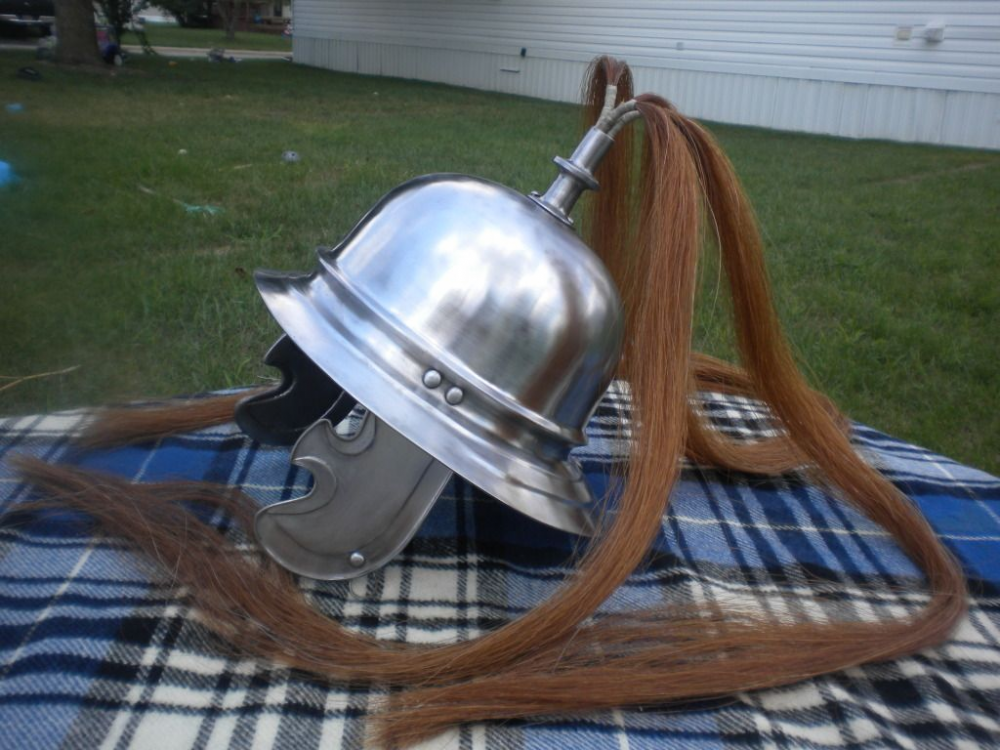
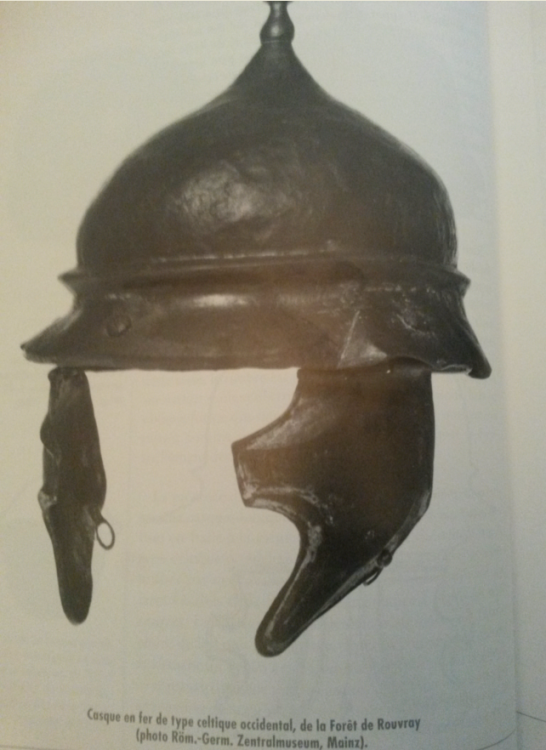
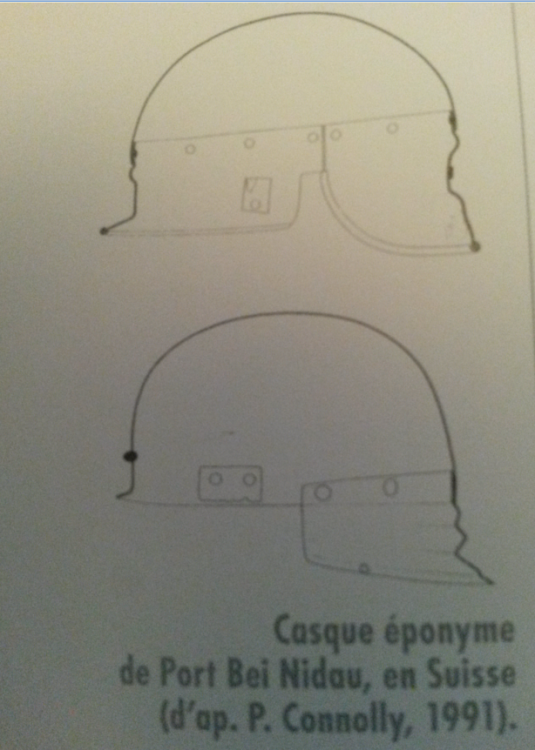
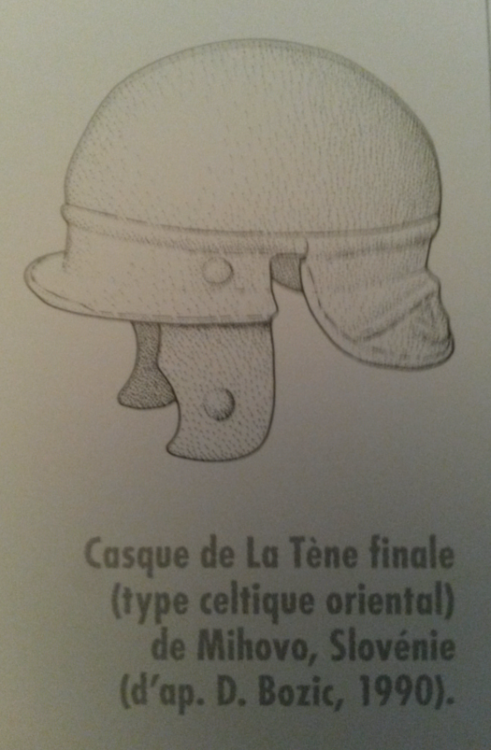
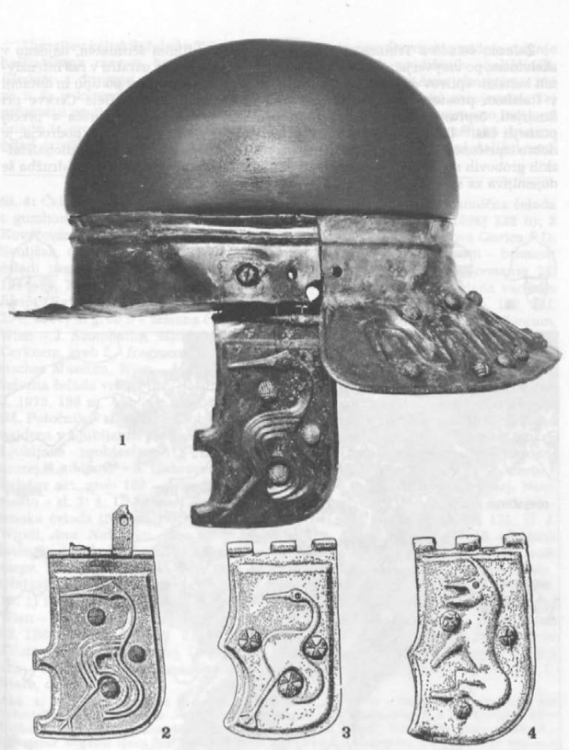
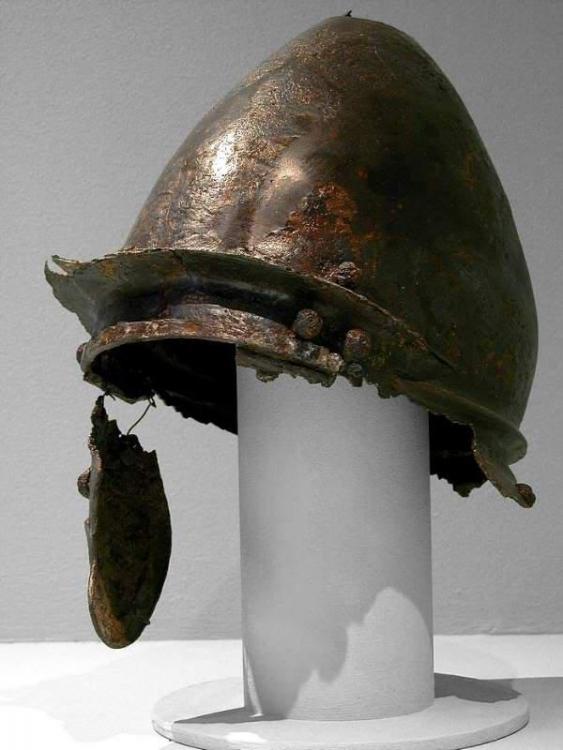
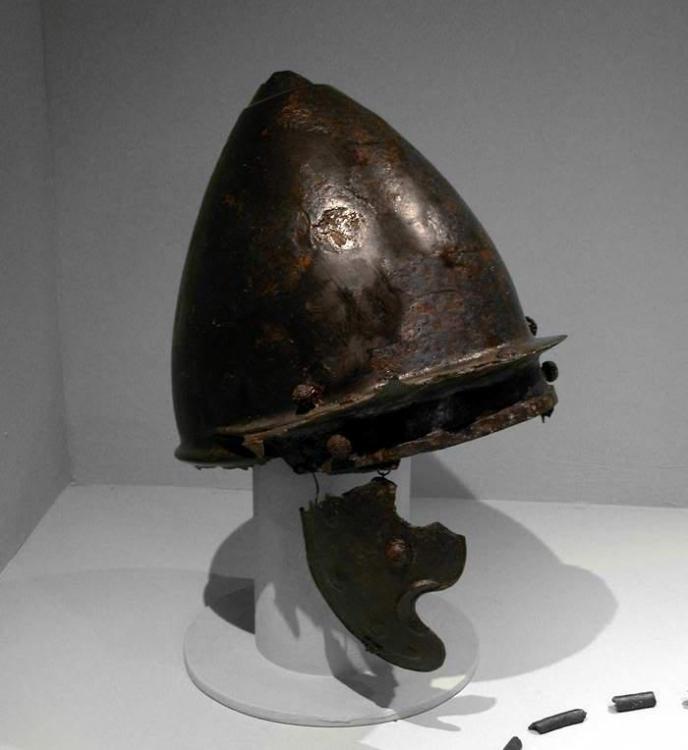
Huns - references
in Delenda Est
Posted · Edited by Genava55
Why not Sarmatians, Yuezhi, Saka, Parthians or Xiongnu ?
Xiongnu art:
https://goo.gl/images/NXKnEn